Home>Gardening & Outdoor>Landscaping Ideas>What Does Epsom Salt Do To St. Augustine Grass
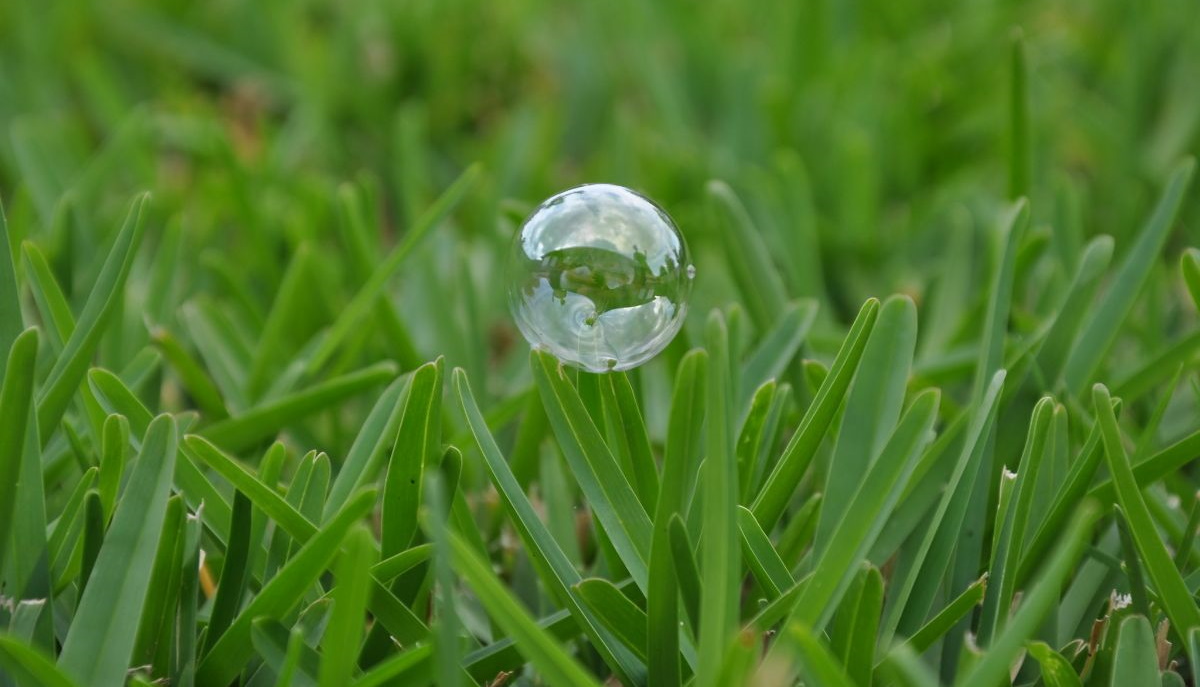

Landscaping Ideas
What Does Epsom Salt Do To St. Augustine Grass
Modified: February 18, 2024
Discover the benefits of using Epsom salt on St. Augustine grass and improve your landscaping with these effective tips and ideas. Learn how to enhance your lawn with Epsom salt.
(Many of the links in this article redirect to a specific reviewed product. Your purchase of these products through affiliate links helps to generate commission for Storables.com, at no extra cost. Learn more)
Introduction
When it comes to maintaining a lush and vibrant lawn, St. Augustine grass stands out as a popular choice due to its ability to thrive in warm climates and provide a dense, green carpet for yards. However, even the most resilient grass varieties can benefit from a little extra care and attention to reach their full potential. This is where Epsom salt, with its renowned properties, comes into play. In this article, we will delve into the fascinating world of Epsom salt and its impact on St. Augustine grass, uncovering the benefits and best practices for application.
St. Augustine grass, known for its broad, flat blades and lush, dense growth, is favored by many homeowners for its ability to create a beautiful, uniform lawn. To ensure that this grass variety maintains its health and vigor, it's essential to understand the role of Epsom salt and how it can contribute to the overall well-being of your lawn. Whether you're a seasoned lawn care enthusiast or a newcomer to the world of turf management, the insights shared in this article will provide valuable knowledge on harnessing the power of Epsom salt to promote the vitality of your St. Augustine grass.
Join us on a journey through the intricacies of Epsom salt, as we explore its significance in the context of St. Augustine grass care. From understanding the fundamental properties of Epsom salt to uncovering its specific effects on this resilient grass variety, we will equip you with the knowledge needed to elevate your lawn care routine. Prepare to discover the transformative potential of this humble yet remarkable compound and learn how to integrate it seamlessly into your St. Augustine grass maintenance regimen.
Key Takeaways:
- Epsom salt, rich in magnesium and sulfur, enhances St. Augustine grass by promoting vibrant green color, robust growth, and resilience to environmental stressors. Apply with care for optimal results.
- Applying Epsom salt as a foliar spray or soil amendment can address magnesium deficiencies in St. Augustine grass, leading to improved chlorophyll production and overall health. Follow recommended guidelines for best results.
Read more: What Does Epsom Salt Do For Lawns
What is Epsom Salt?
Epsom salt, scientifically known as magnesium sulfate, is a naturally occurring mineral compound comprised of magnesium, sulfur, and oxygen. Despite its name, Epsom salt is not actually a type of salt in the traditional sense, but rather a mineral compound with a wide range of practical applications, particularly in gardening and horticulture. It derives its name from the town of Epsom in Surrey, England, where it was first discovered in mineral-rich springs during the early 17th century.
One of the key components of Epsom salt is magnesium, an essential nutrient that plays a critical role in the growth and vitality of plants. Magnesium is a central element in the chlorophyll molecule, which is responsible for the green pigment in plants and is vital for the process of photosynthesis. Additionally, magnesium aids in the activation of enzymes involved in plant growth and nutrient uptake, making it an indispensable element for overall plant health.
Furthermore, the sulfur content in Epsom salt contributes to the synthesis of amino acids, proteins, and vitamins within plants, further bolstering their resilience and metabolic functions. This unique combination of magnesium and sulfur makes Epsom salt a valuable resource for addressing nutrient deficiencies and enhancing the overall health and vigor of plants, including St. Augustine grass.
Due to its versatile nature and proven benefits, Epsom salt has become a staple in the arsenal of gardeners and lawn care enthusiasts seeking to optimize the health and appearance of their green spaces. Whether used as a foliar spray, soil amendment, or component of fertilizer blends, Epsom salt offers a natural and cost-effective solution for promoting robust plant growth and addressing common nutrient deficiencies.
As we continue our exploration of Epsom salt’s impact on St. Augustine grass, it is important to recognize the fundamental properties and benefits of this remarkable mineral compound. By understanding the role of Epsom salt and its constituent elements, we can gain valuable insights into its potential effects on the growth and vitality of St. Augustine grass, paving the way for informed and effective lawn care practices.
Importance of Magnesium in St. Augustine Grass
St. Augustine grass, known for its lush, dense growth and vibrant green hue, thrives in warm, humid climates, making it a popular choice for lawns in southern regions. To maintain the health and visual appeal of St. Augustine grass, it is crucial to understand the significance of magnesium, a vital nutrient that directly impacts the grass’s growth and overall well-being.
Magnesium plays a pivotal role in the physiological processes of St. Augustine grass, contributing to its ability to photosynthesize, absorb essential nutrients, and withstand environmental stressors. As a central component of the chlorophyll molecule, magnesium is instrumental in capturing light energy and converting it into chemical energy through the process of photosynthesis. This process is essential for the grass’s ability to produce sugars and carbohydrates, providing the energy needed for growth and maintenance.
Furthermore, magnesium facilitates the activation of enzymes involved in various metabolic pathways within St. Augustine grass, including those responsible for the synthesis of carbohydrates, proteins, and fats. This not only supports the grass’s overall growth and development but also enhances its resilience to environmental challenges, such as heat, drought, and disease.
Deficiencies in magnesium can manifest in St. Augustine grass through visible symptoms such as yellowing or chlorosis of the leaves, stunted growth, and decreased tolerance to stress. Addressing magnesium deficiencies is essential for preventing these detrimental effects and promoting the optimal health and vigor of the grass.
By recognizing the critical role of magnesium in the growth and vitality of St. Augustine grass, we can appreciate the profound impact that this essential nutrient has on the overall well-being of the lawn. The incorporation of magnesium, whether through natural sources or supplements such as Epsom salt, can significantly contribute to the grass’s ability to thrive and maintain its lush, vibrant appearance, ensuring that it remains a standout feature of any landscape.
As we delve deeper into the effects of Epsom salt on St. Augustine grass, understanding the importance of magnesium serves as a foundational element in comprehending how this beneficial compound can positively influence the grass’s growth and resilience. With this knowledge in hand, we are better equipped to explore the specific effects of Epsom salt on St. Augustine grass and the best practices for its application, ultimately enhancing our ability to nurture and sustain healthy, thriving lawns.
Applying Epsom salt to St. Augustine grass can help improve its overall health and green color. It can also aid in the absorption of nutrients and promote root development. However, it’s important to use Epsom salt sparingly and follow recommended application rates to avoid damaging the grass.
Effects of Epsom Salt on St. Augustine Grass
When it comes to promoting the health and vitality of St. Augustine grass, the application of Epsom salt can yield a range of beneficial effects, thanks to its rich magnesium and sulfur content. By incorporating Epsom salt into your lawn care regimen, you can harness its potential to enhance the growth, color, and resilience of St. Augustine grass, ultimately contributing to the overall beauty and vigor of your lawn.
One of the primary effects of Epsom salt on St. Augustine grass is its ability to address magnesium deficiencies, which can manifest as yellowing or chlorosis of the grass blades. By providing a readily available source of magnesium, Epsom salt helps rectify these deficiencies, leading to a noticeable improvement in the grass’s color and overall vitality. This can result in a richer, more vibrant green hue, signaling the grass’s enhanced chlorophyll production and photosynthetic activity.
Furthermore, the sulfur component of Epsom salt contributes to the synthesis of essential amino acids and proteins within St. Augustine grass, bolstering its structural integrity and metabolic functions. This can lead to improved root development, enhanced nutrient uptake, and increased tolerance to environmental stressors, such as heat and drought. As a result, the grass becomes more resilient and better equipped to maintain its lush, dense growth, even in challenging conditions.
In addition to its direct effects on the grass’s physiology, the application of Epsom salt can also contribute to the overall aesthetic appeal of the lawn. By promoting healthy growth and vibrant coloration, Epsom salt helps create a visually stunning carpet of St. Augustine grass, elevating the landscape and providing a lush, inviting backdrop for outdoor activities and relaxation.
It is important to note that while Epsom salt can offer valuable benefits to St. Augustine grass, it should be applied judiciously and in accordance with recommended guidelines. Excessive or improper application of Epsom salt can lead to adverse effects, underscoring the importance of understanding the appropriate dosage and application methods to maximize its positive impact on the grass.
As we explore the effects of Epsom salt on St. Augustine grass, it becomes evident that this natural mineral compound holds the potential to significantly enhance the grass’s health, appearance, and resilience. By leveraging the beneficial effects of Epsom salt, homeowners and lawn care enthusiasts can nurture thriving lawns adorned with vibrant, robust St. Augustine grass, transforming their outdoor spaces into inviting havens of natural beauty.
How to Apply Epsom Salt to St. Augustine Grass
Applying Epsom salt to St. Augustine grass requires careful consideration of the grass’s specific needs and the appropriate methods for integrating this beneficial compound into your lawn care routine. By following recommended guidelines and best practices, you can ensure that Epsom salt effectively contributes to the health and vibrancy of your St. Augustine grass, fostering lush, resilient growth and a visually captivating lawn.
Before applying Epsom salt, it is essential to assess the magnesium levels in the soil to determine if the grass is experiencing deficiencies. Soil testing can provide valuable insights into the nutrient composition and pH levels, guiding the decision to incorporate Epsom salt as a targeted supplement to address any identified deficiencies. Additionally, consider the current state of the grass, including its color, growth patterns, and overall vigor, to gauge the potential benefits of Epsom salt application.
When applying Epsom salt to St. Augustine grass, one effective method involves using a dilute solution as a foliar spray. This approach allows the grass to directly absorb the magnesium and sulfur through its foliage, facilitating rapid uptake and utilization of these essential nutrients. To prepare the foliar spray, dissolve Epsom salt in water at a rate of approximately 2 tablespoons per gallon, ensuring thorough mixing to create a homogeneous solution.
Once the Epsom salt solution is prepared, it can be applied to the St. Augustine grass using a garden sprayer or similar apparatus, ensuring even coverage across the lawn. It is advisable to perform the application during the cooler hours of the day to minimize potential stress on the grass and allow for optimal absorption of the nutrients. Avoid applying the foliar spray during periods of intense sunlight or heat, as this can lead to leaf scorching and reduced effectiveness of the treatment.
In addition to foliar application, Epsom salt can also be incorporated into the soil around St. Augustine grass to address magnesium deficiencies and promote robust growth. This can be achieved by spreading Epsom salt evenly over the lawn at a rate of approximately 1-2 pounds per 100 square feet, followed by thorough watering to facilitate the penetration of the nutrients into the soil. This method allows the grass’s root system to access the magnesium and sulfur, supporting comprehensive nutrient uptake and utilization.
It is important to note that while Epsom salt can offer valuable benefits to St. Augustine grass, it should be applied in moderation and in accordance with recommended dosages to prevent potential over-fertilization and adverse effects on the grass and surrounding environment. By exercising prudence and adhering to proper application techniques, homeowners and lawn care enthusiasts can harness the potential of Epsom salt to nurture thriving, resilient St. Augustine grass, creating a lush, vibrant lawn that serves as a testament to effective and thoughtful turf management.
Read more: What Kind Of Grass Is St. Augustine
Conclusion
In the realm of St. Augustine grass care, the role of Epsom salt emerges as a valuable ally in nurturing vibrant, resilient lawns that captivate the senses and enrich outdoor spaces. Through our exploration of Epsom salt and its impact on St. Augustine grass, we have uncovered the profound significance of magnesium and sulfur in promoting the grass’s growth, color, and overall well-being. By understanding the importance of these essential nutrients and the effects of Epsom salt application, we have gained valuable insights into optimizing the health and visual appeal of this popular grass variety.
Epsom salt, with its rich reserves of magnesium and sulfur, offers a natural and effective solution for addressing nutrient deficiencies in St. Augustine grass, manifesting in improved chlorophyll production, vibrant green coloration, and enhanced resilience to environmental stressors. By incorporating Epsom salt into targeted foliar sprays or soil applications, homeowners and lawn care enthusiasts can empower their grass to thrive and flourish, creating a lush, inviting carpet of green that enhances the beauty of any landscape.
However, it is crucial to approach the application of Epsom salt with care and consideration, ensuring that recommended dosages and best practices are followed to prevent over-fertilization and potential adverse effects. By exercising prudence and attentiveness, individuals can harness the transformative potential of Epsom salt while safeguarding the health and balance of their lawns and surrounding ecosystems.
As we conclude our exploration, it becomes clear that Epsom salt stands as a testament to the remarkable synergy between nature’s bountiful resources and the art of mindful lawn care. By embracing the benefits of Epsom salt and integrating it into their St. Augustine grass maintenance routines, individuals can cultivate landscapes that exude vitality, beauty, and a deep-rooted connection to the natural world.
May the insights shared in this article serve as a guiding light for all those seeking to elevate their lawn care practices and foster thriving, resilient St. Augustine grass that stands as a testament to the harmonious interplay of science, nature, and dedicated stewardship.
Frequently Asked Questions about What Does Epsom Salt Do To St. Augustine Grass
Was this page helpful?
At Storables.com, we guarantee accurate and reliable information. Our content, validated by Expert Board Contributors, is crafted following stringent Editorial Policies. We're committed to providing you with well-researched, expert-backed insights for all your informational needs.
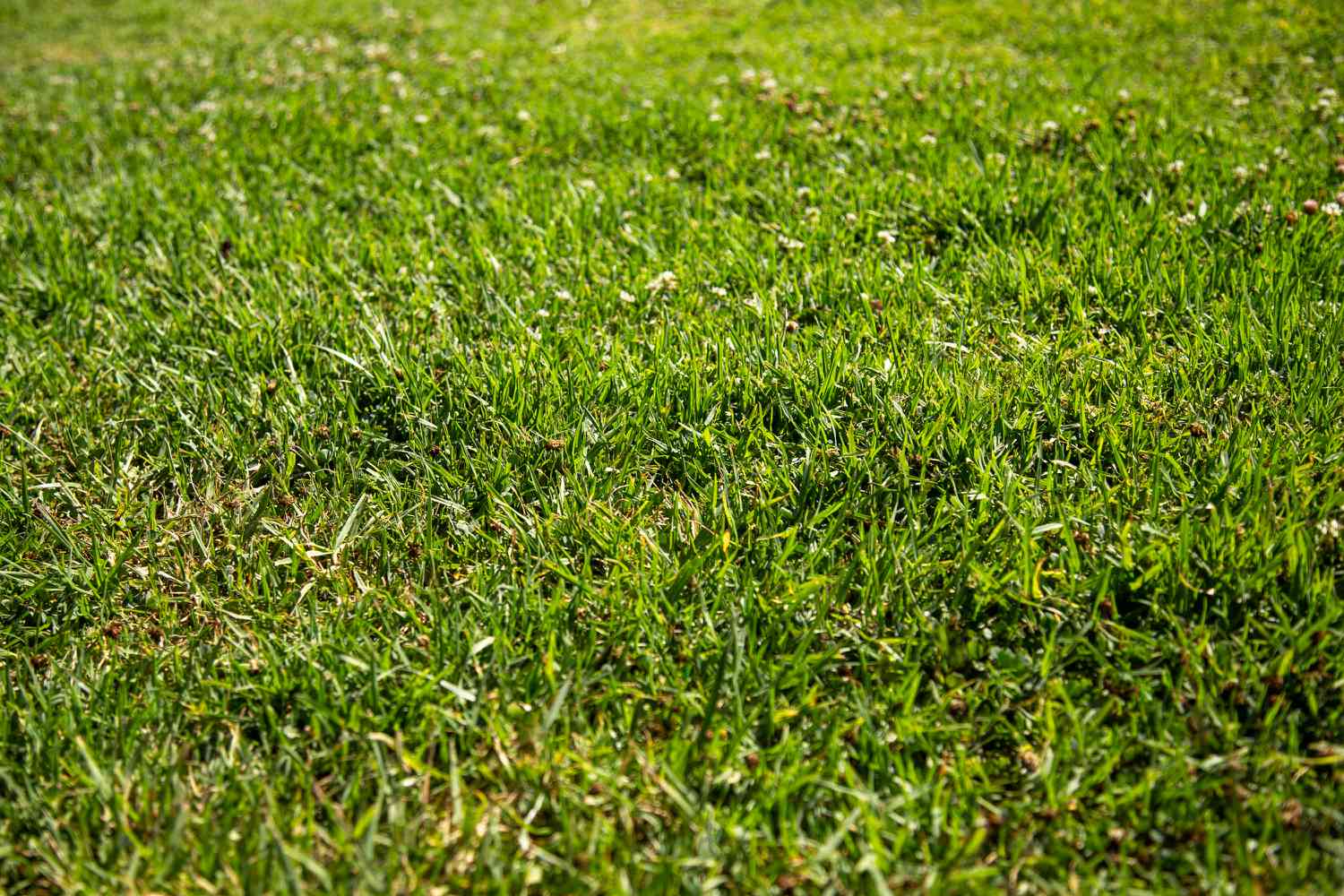
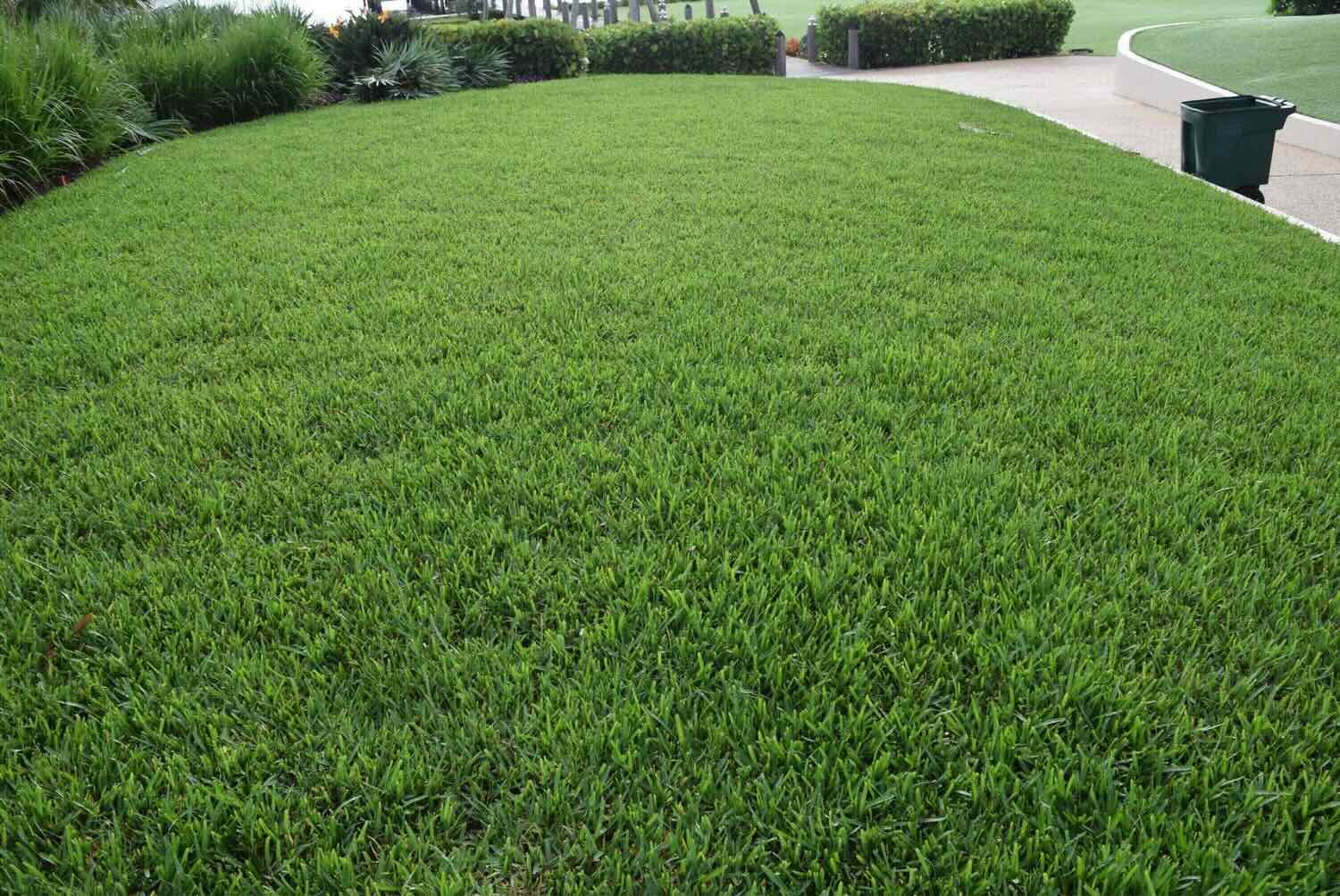
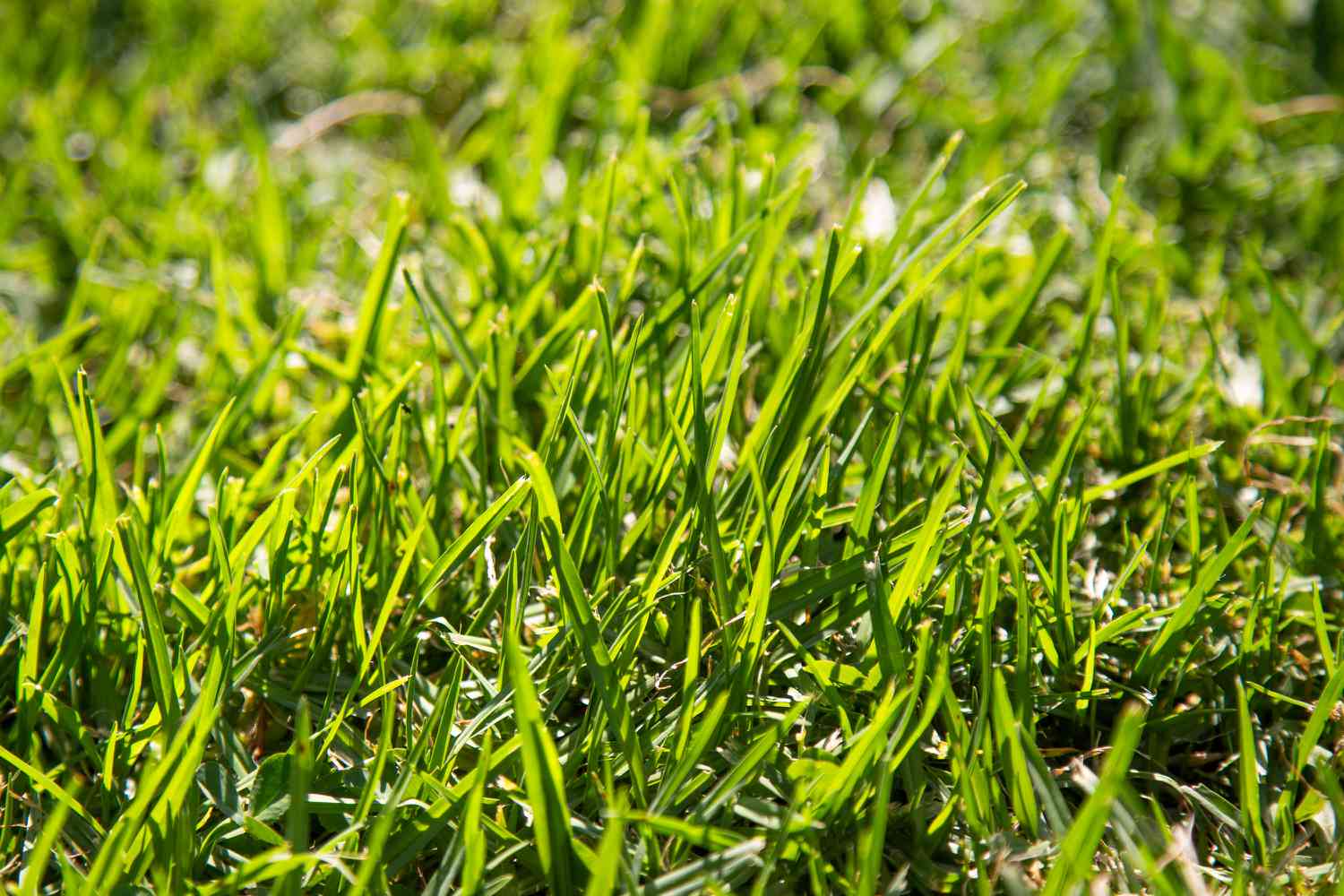
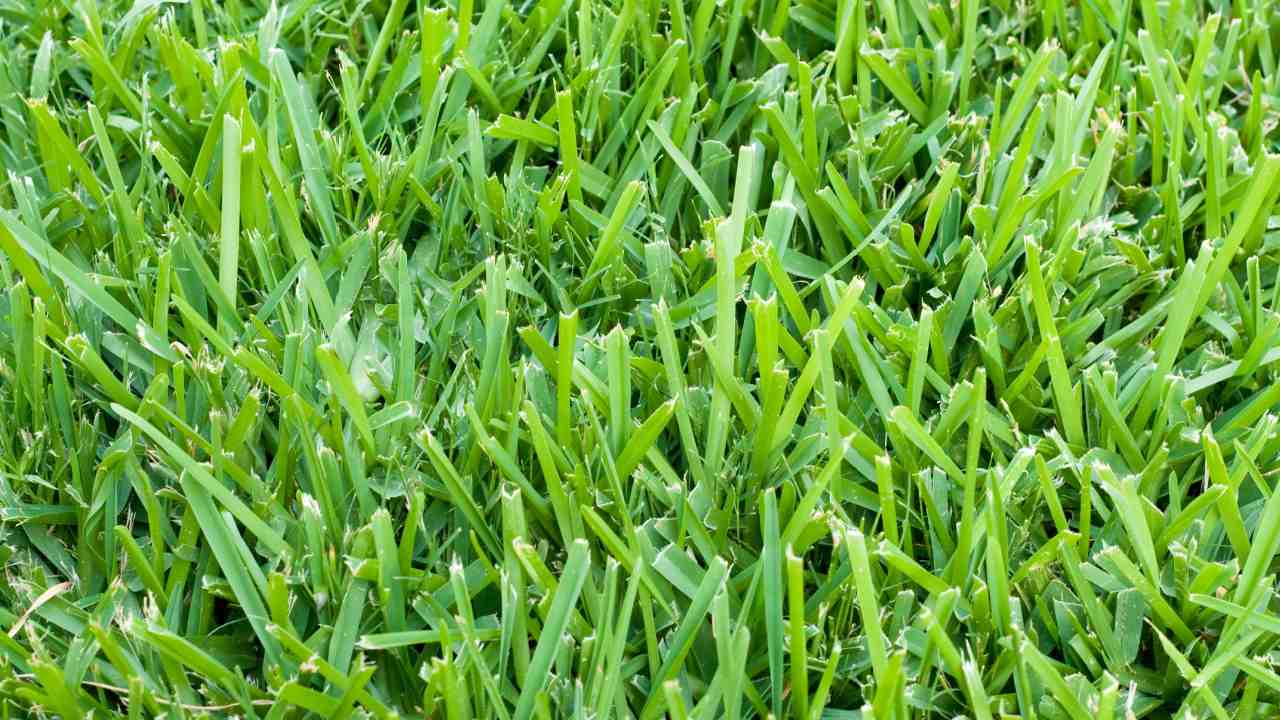

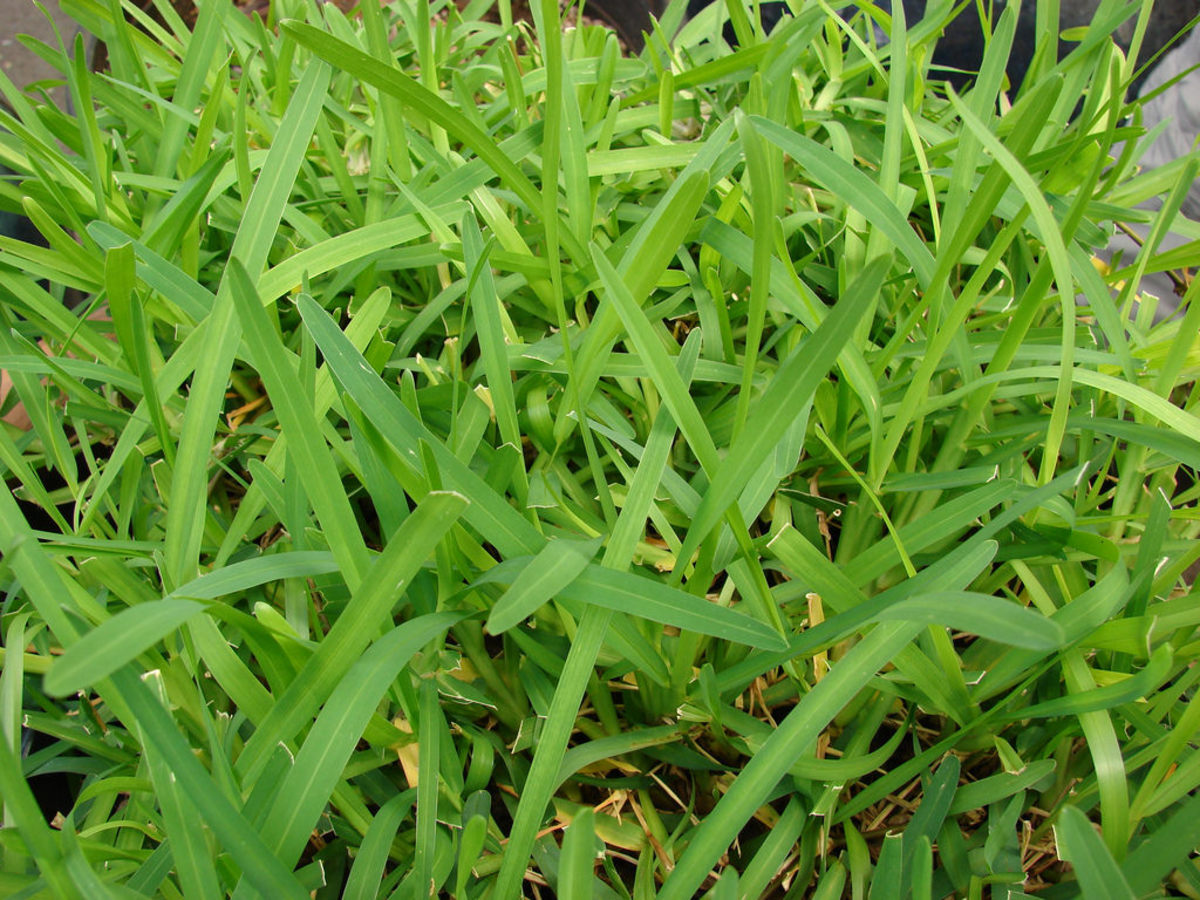
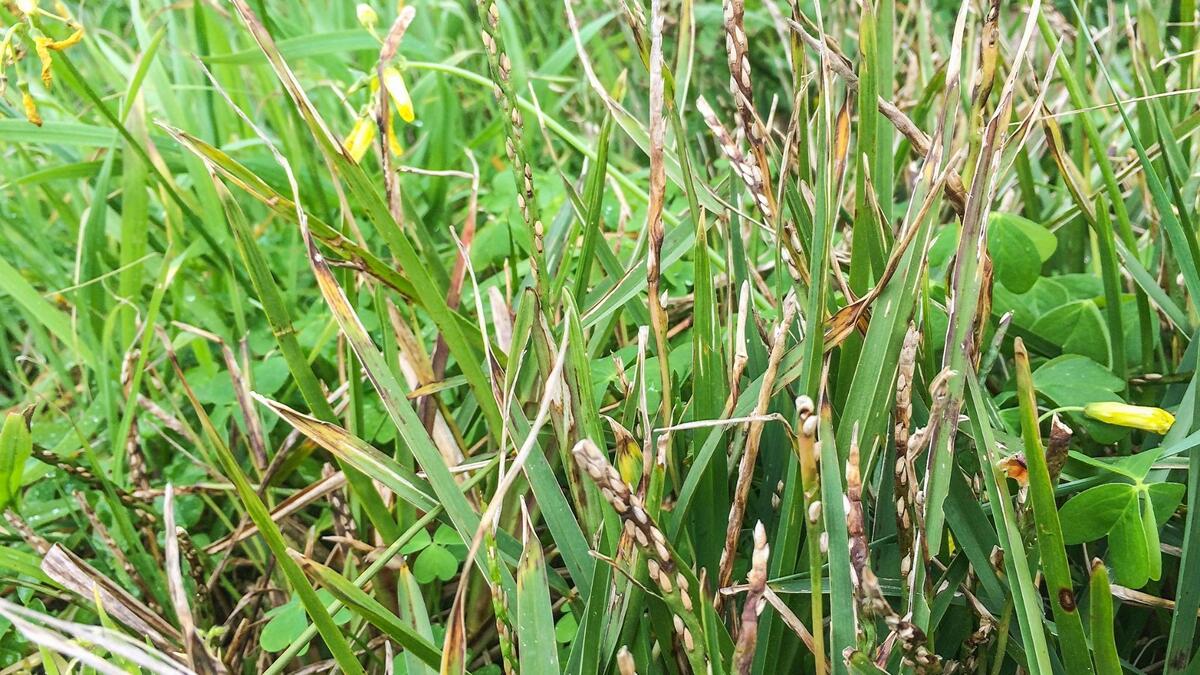
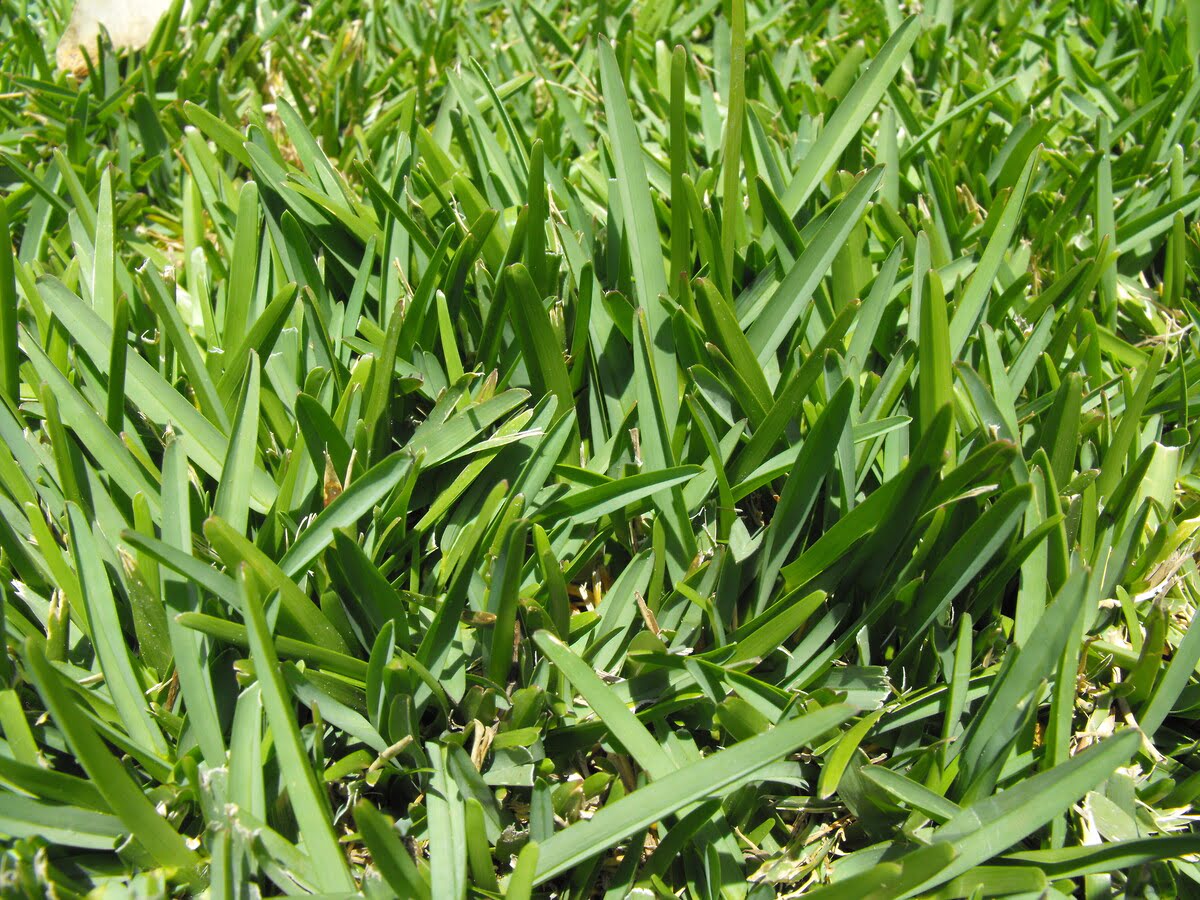
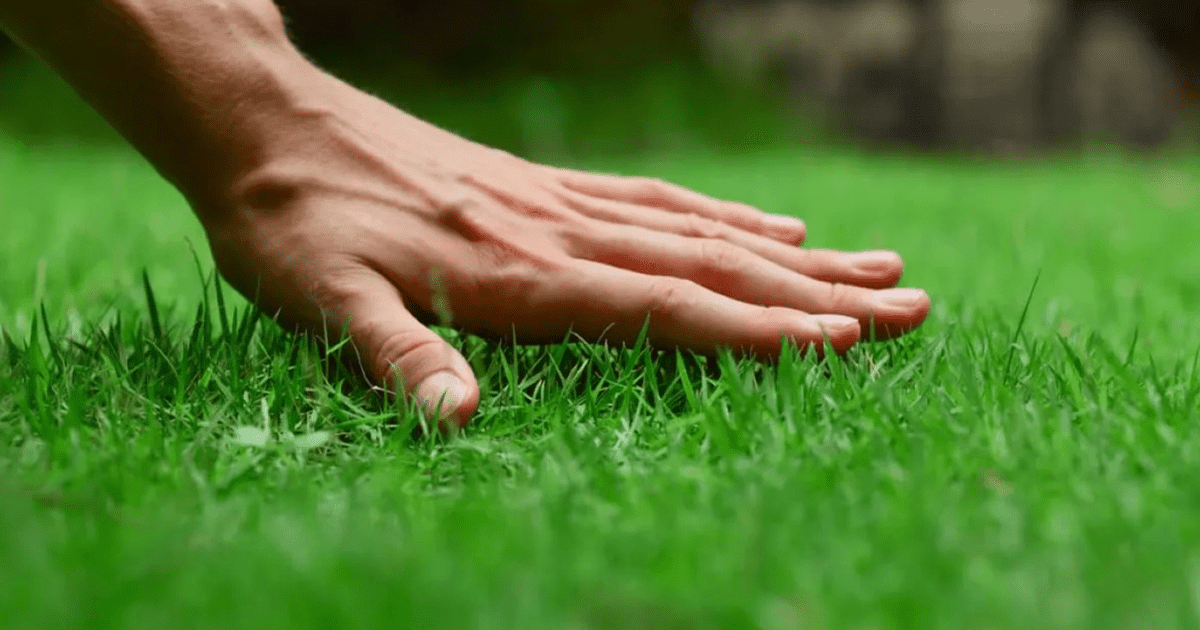
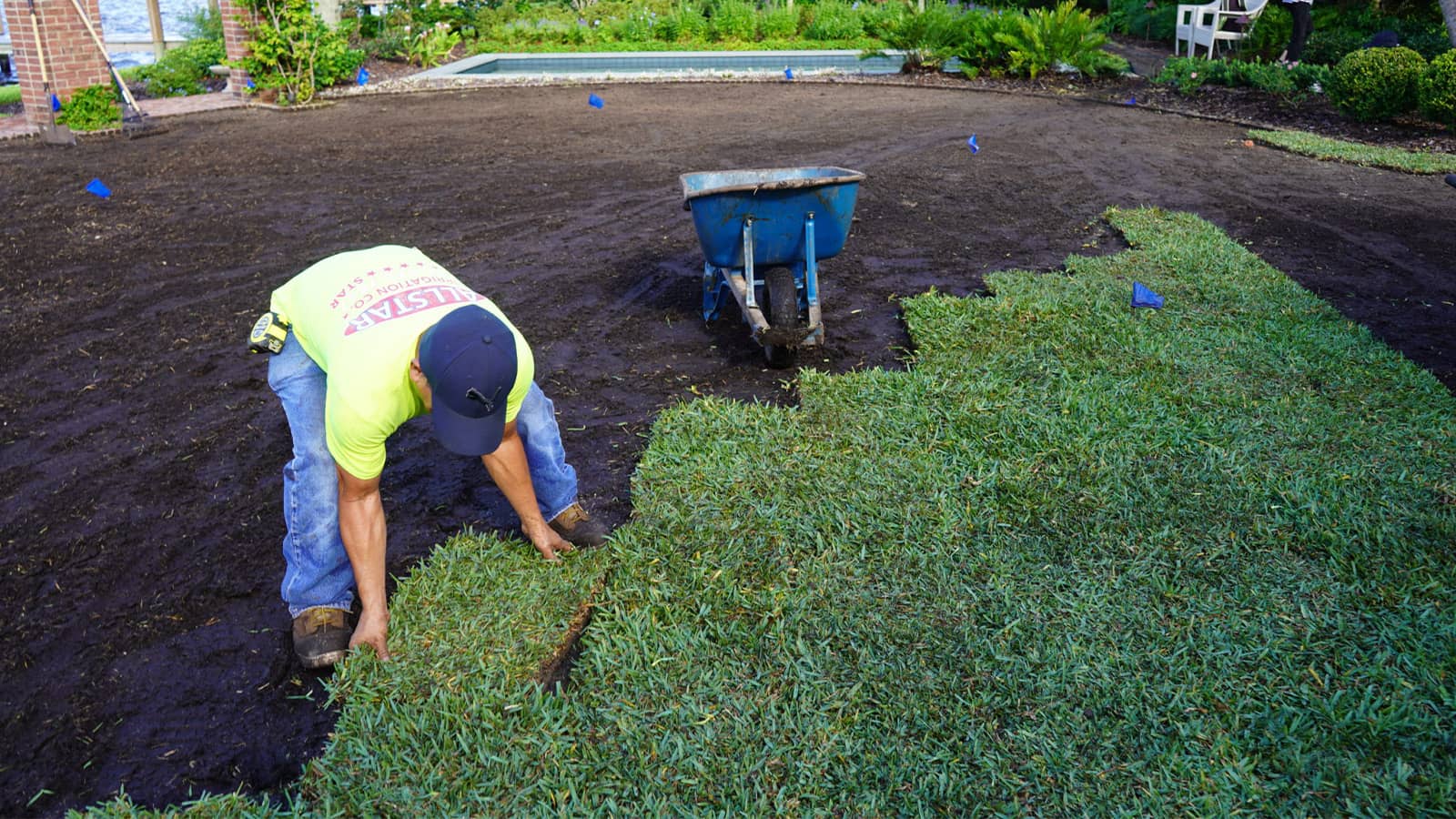
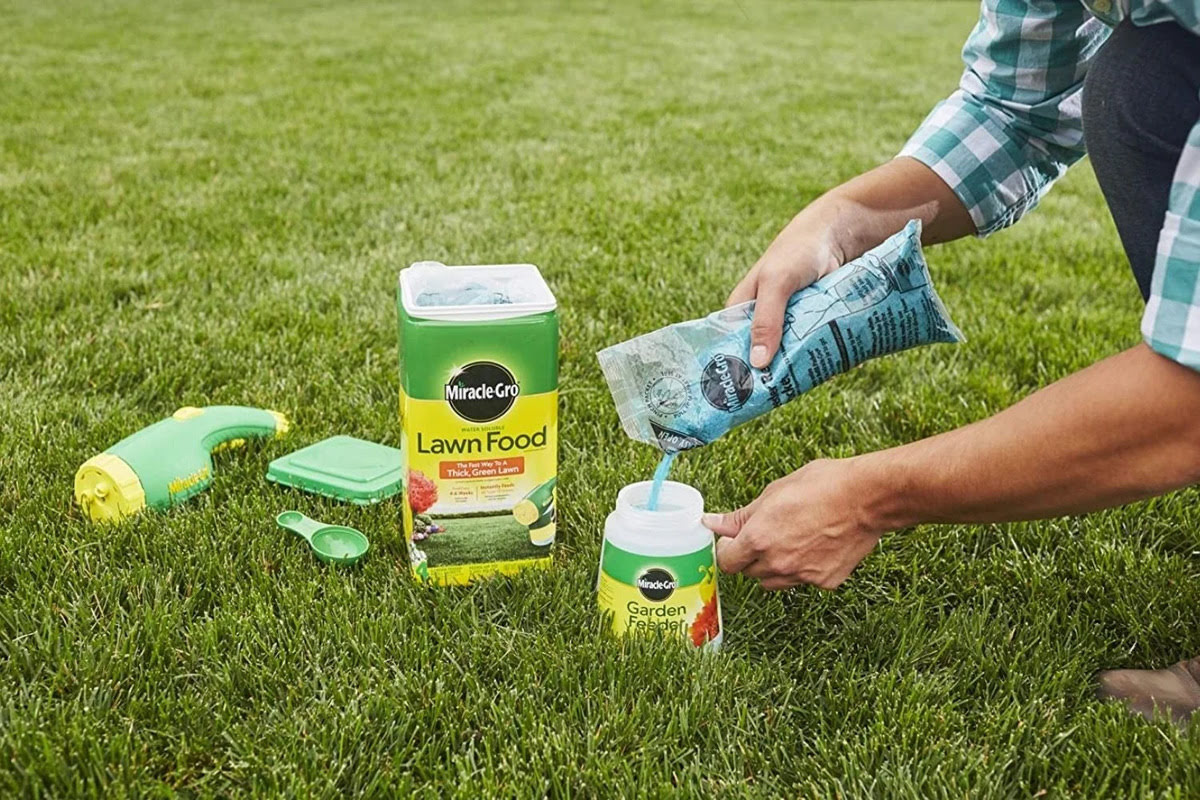
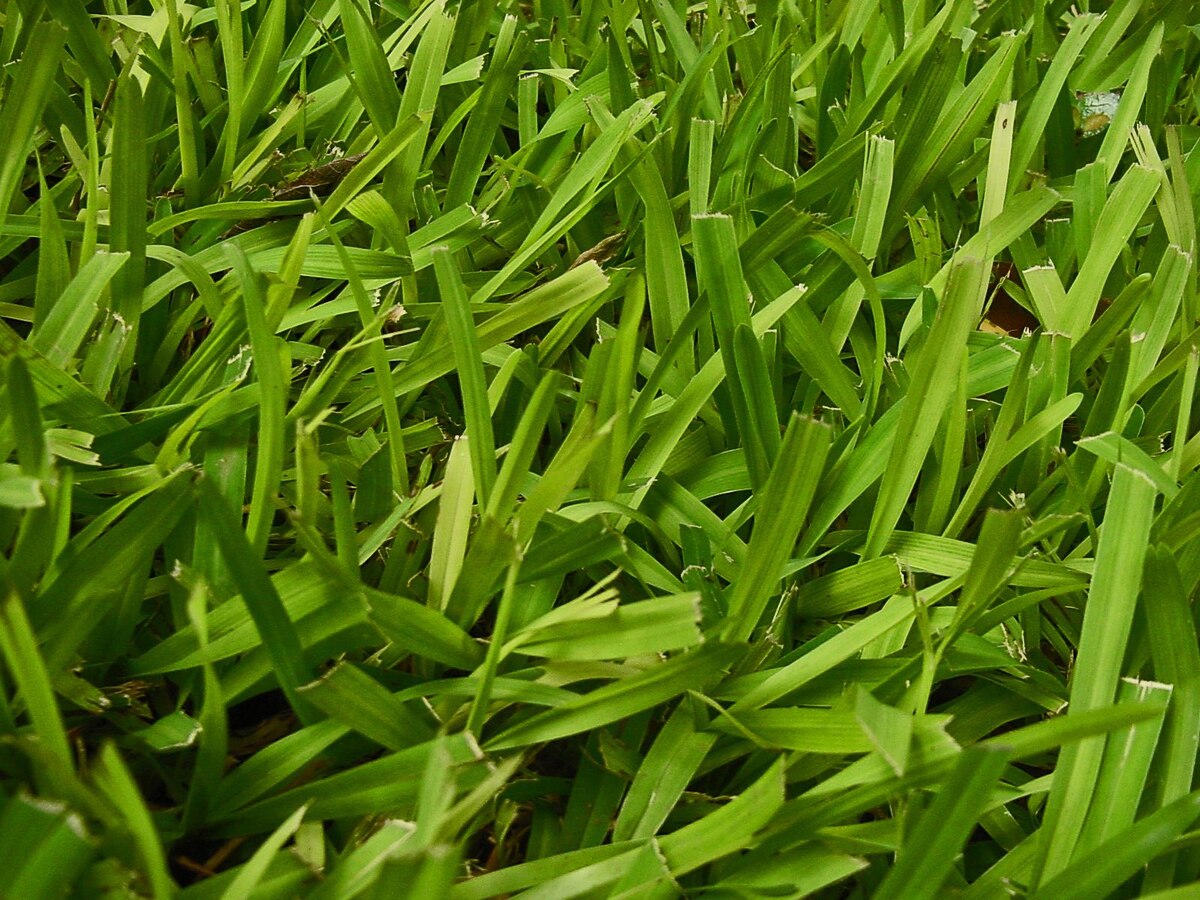
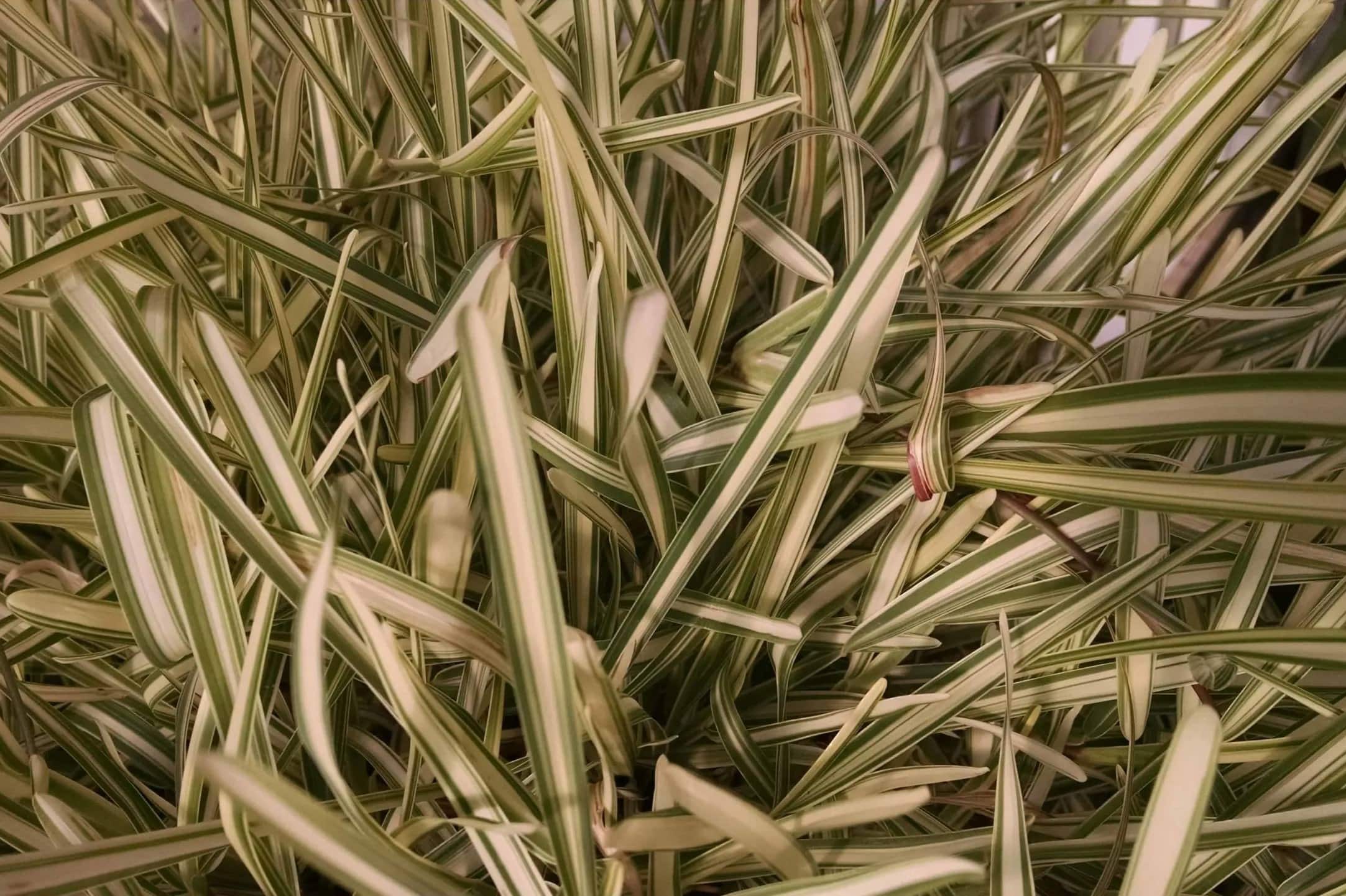
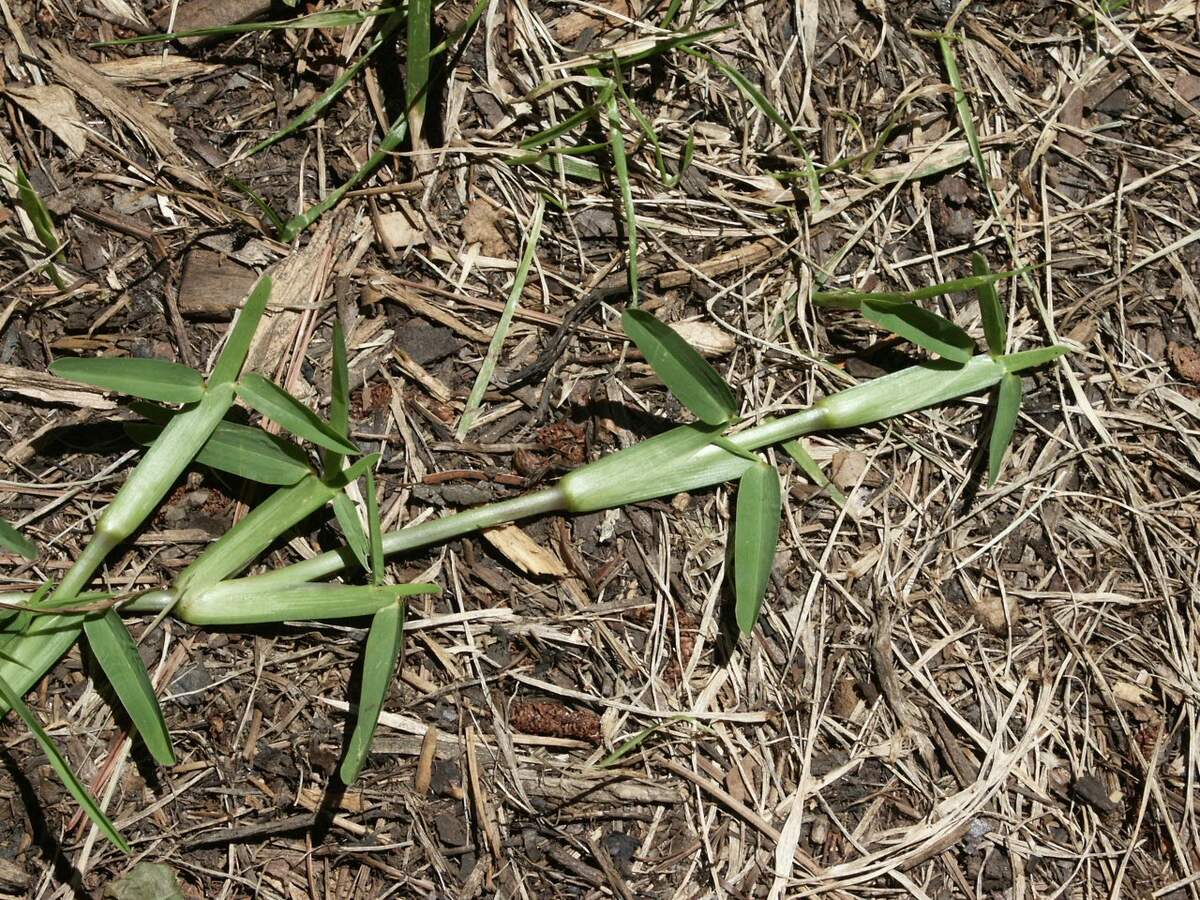

0 thoughts on “What Does Epsom Salt Do To St. Augustine Grass”